More like this...
ikari Commodore 64 game
"Ikari Warriors, originally known as Ikari (怒, "Fury") in Japan, is a classic vertically scrolling run and gun video game released by SNK in 1986 for arcade machines. Published in North America by Tradewest, the game stood out in a crowded market of Commando clones due to its unique features: rotary joysticks and a two-player cooperative mode. These elements set Ikari Warriors apart from its contemporaries.
The game was initially intended to be an officially licensed adaptation of the popular film "Rambo: First Blood Part II," which was released in 1985. However, SNK faced challenges in acquiring the rights to the film, leading to the game's title being shortened to Ikari. This title was a reference to a portion of the film's Japanese title, and it quickly gained popularity among arcade players in Japan and North America.
Ikari Warriors proved to be a major commercial success in arcades. In Japan, it ranked as the second highest-grossing table arcade game in 1986. Similarly, in London, it was the third highest-grossing arcade game that year. For SNK, Ikari Warriors represented a significant breakthrough in the United States, consistently ranking among the top five highest-grossing dedicated arcade games for two consecutive years, in 1986 and 1987.
In the game, players assume the roles of commandos, Colonel Ralf Jones (red) and Second Lieutenant Clark Still (blue), on a mission to reach the village of Ikari. The game presents a variety of obstacles, including enemy tanks, soldiers, and helicopters, all trying to eliminate the players. Fortunately, power-ups are scattered along the way to aid the players in achieving victory.
Players must navigate through the scrolling screen, advancing upwards towards the village of Ikari while facing a constant barrage of enemy forces. Along their journey, players have the opportunity to commandeer enemy tanks and helicopters, which can be valuable assets in battling the opposition. The tanks provide protection from enemy bullets, but their fuel is limited, and they can be destroyed by explosions. The helicopters come equipped with two different weapons: a spread gun and a cannon. They also have the ability to fly over water, offering a strategic advantage.
One of the most distinctive features of Ikari Warriors is its rotary joysticks, which allow players to change the direction their character faces independently of their movement direction. This freedom of movement gives players the ability to attack or move in eight different directions. The primary weapons used by the characters are a machine gun held in the right hand and grenades thrown with the left hand. If a player character takes too long moving up the screen, the computer initiates a "call for fire" sequence, marked by a red spot below the character. This feature increases the game's intensity.
Ikari Warriors was notable for its hardware as well, using SNK's LS-30 joysticks, which featured a 12-way rotary switch box, allowing for both rotation and eight-directional movement. In addition to the joysticks, the game had two buttons, one for the standard gun and another for lobbing grenades.
The game's popularity led to several ports to various home computer systems and consoles, including the Apple II, Commodore 64, IBM PC, Amstrad CPC, and more. SNK released its own port for the MSX in 1987. The NES version was developed by Micronics, and both Atari 2600 and Atari 7800 ports were released in 1990 as some of the final published games for those systems. In addition to these ports, Ikari Warriors is included in the SNK 40th Anniversary Collection for various modern consoles and Windows.
Ikari Warriors received generally positive reviews for its home conversions. The Amstrad personal computer version, in particular, was highly praised for its graphics and gameplay, with reviewers considering it a faithful recreation of the arcade experience.
The game's success led to the development of sequels, including Victory Road in 1986 and Ikari III: The Rescue in 1989. SNK also released a game inspired by Ikari Warriors in 1987 called Guerrilla War, featuring communist fighters Che Guevara and Fidel Castro as its heroes.
The influence of Ikari Warriors extended beyond the world of gaming. Sylvester Stallone, whose portrayal of John Rambo had a significant impact on the game's development, owned an Ikari Warriors arcade cabinet in the 1980s. Additionally, future mixed martial arts (MMA) champion Kazushi Sakuraba, known for defeating the Gracie family of Brazilian jiu-jitsu fighters, was a fan of Ikari Warriors during his high school years.
The characters Ralf and Clark from Ikari Warriors made appearances in other video games, such as the Metal Slug series and The King of Fighters. Their names were even used for unrelated characters in the game Crystalis, and they were featured as cameos in Super Smash Bros. Ultimate in the King of Fighters Stadium stage."
Game category: Commodore 64 games
Recently played
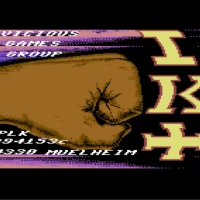
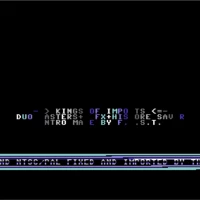
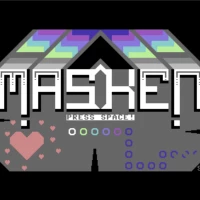

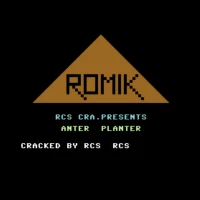
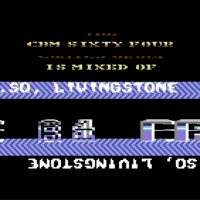
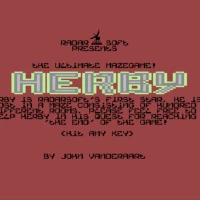
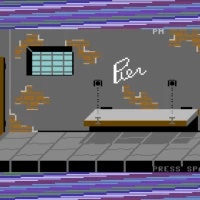
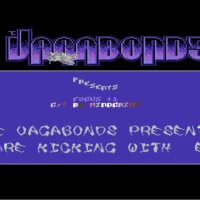
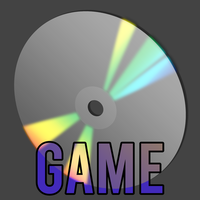
![Midnight Brothers [a2] MSX game](https://www.gamesclips.com/gameImages/10352.webp)
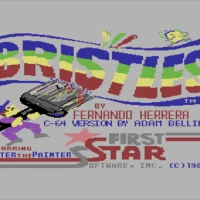
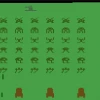
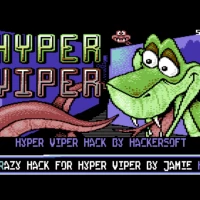
![Xevious Fardraut Saga (J) [a] MSX game](https://www.gamesclips.com/gameImages/10639.webp)
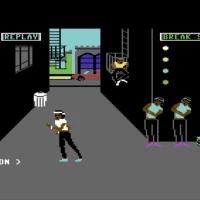

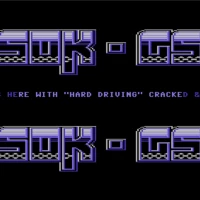
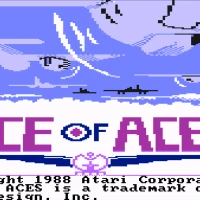
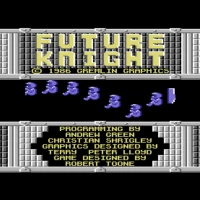

Comments